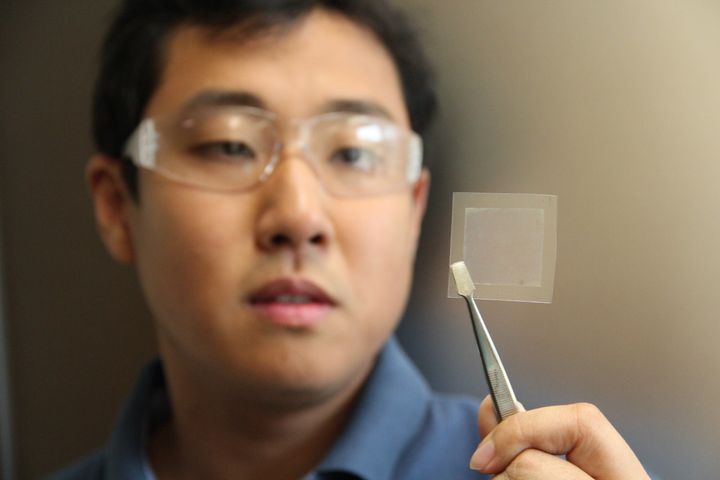Just an atom thick, graphene really is a miracle material. It’s 200 times stronger than steel and a better conductor of electricity than copper.
So why aren’t using it to make everything? Well, the simple fact is that the cost of production is often prohibitively high.
But now a team of Australian scientists has discovered a cheaper way to manufacture the miracle material.
The key to their recipe? Soyabean oil.

The Commonwealth Scientific and Industrial Research Organisation (CSIRO) said they heated the cooking oil until it broke down into the “carbon building unit that are essential for the synthesis of graphene”. As it cooled on nickel foil, the graphene formed a thin rectangle.
Conventional methods require compressed gases and vacuum processing, but CSIRO’s model takes place at ambient air temperature, reducing the cost significantly.
“Soybean oil is transformed into continuous graphene films, composed of single-to-few layers, in a single step,” the study’s author wrote in a study published in Nature Communications.
Graphene could be used to manufacture everything from electronics to biomedical devices. But the team is particularly interested in using it to build water filters, solar panels and batteries.
CSIRO’s Dr Zhao Jun Han told the BBC the team was trying to find a safer way to make graphene in a lab.
“We have very strict safety rules,” Dr Han said. “We were trying to figure out if there was a safer way of making this material without using dangerous or explosive gases.”
One of the many graphene applications that excites scientists is the development of a new generation of super-effective smartphone batteries.
In July, a Chinese battery manufacturer developed a battery using the material which reportedly recharges in just 15 minutes.

